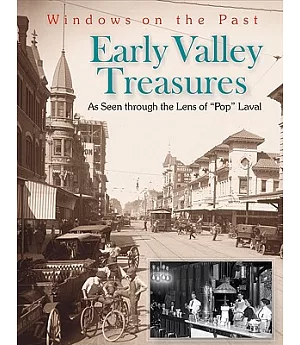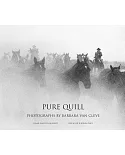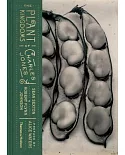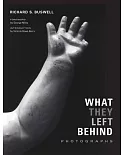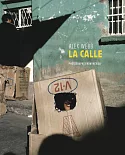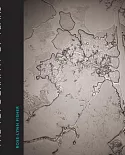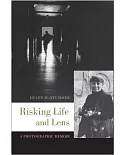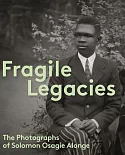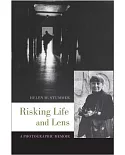The history of a community is preserved in three ways—through oral narratives, the written word, and visual images. Of these three, it is the visual images that provide the greatest impact.
Photographs bring a sense of immediacy to the viewer. Suddenly, the past is alive—people can be seen on the streets of a city going about their lives. They may be dressed differently, the
streets may not be paved, horses may be seen instead of cars.
Photographs allow us to preserve, in a sense, the historical architecture of our community. Buildings, long since gone, appear to us in photographs. Their architectural details can be
appreciated once more. For the few moments we view them, they exist again. A photograph may show the site the building occupied on a particular block, helping the historian to recreate a
neighborhood or section of a city’s historic downtown. Photographs can help to document costumes, events, and even some of the social mores of a period in history. The photographer plays an
important role in capturing the essence of a city.
The arrival of photographer Claude C. “Pop” Laval in Fresno in 1911, marked the beginning of a commercial photography career that would span fifty-five years. During this time “Pop” Laval
took pictures of mountains, crops, businesses, streetcars, presidents, streetscapes, and ordinary people. Although his photos of Fresno comprised the largest part of his work, he also
covered other Valley communities from Stockton to Bakersfield. At the time of his death, in 1966, he left a body of photographic work that is priceless. He left a photographic record of
Fresno that covered the years of Fresno’s greatest growth. The Laval photographs have given the people of Fresno and the Valley an opportunity to view their historic community.
—From the foreword to Early Valley Treasures, by Catherine Morison Rehart, author of The Valley’s Legends & Legacies

